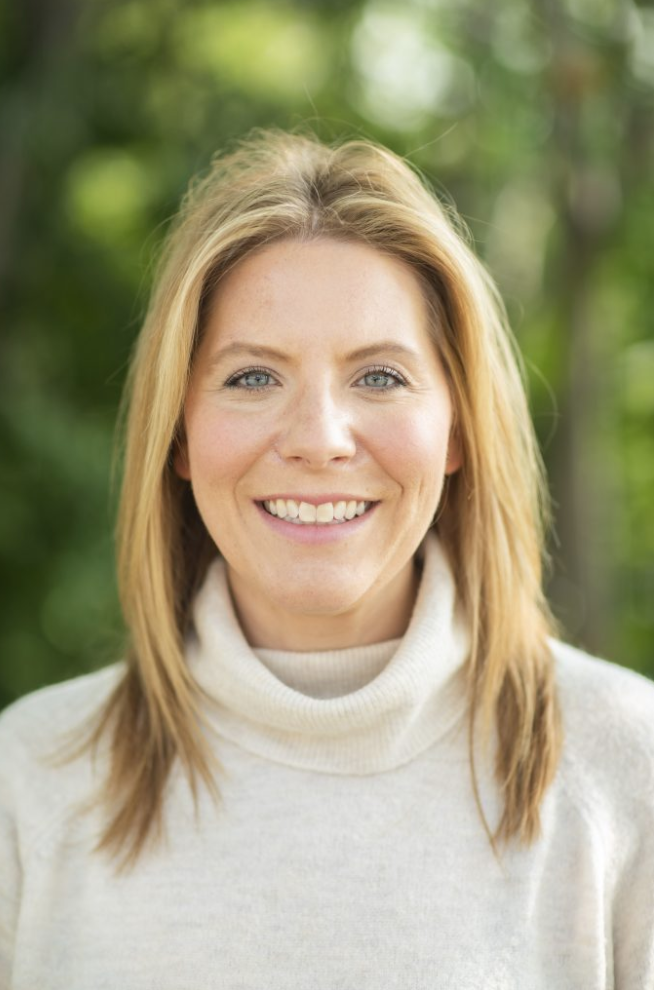Friday Focus: Emergency response planning boosts Nanook resiliency

Julie Queen is the vice chancellor for administrative services.
Sept. 2, 2022
— By Julie Queen, vice chancellor for administrative services
Welcome back to the fall semester! It is a change in seasons and change in the feeling on the Troth Yeddha’ Campus as students return to UAF. I’m sure this feeling is shared at all of the University of Alaska Fairbanks, Community and Technical College, and community campus locations.
As part of preparation for this return, the team in Administrative Services is working hard to make campus look great and feel welcoming, continue with construction work during the busy summer season, and improve and test our safety and notification protocols on campus to ensure the Nanook community is well-situated in case of an emergency.
During the COVID-19 pandemic, many of our emergency planning efforts shifted into overdrive to handle operational requirements as part of that real-world event. Moving into the fall we are updating our emergency plans, putting to use many things we learned during the pandemic and ensuring our protocols are still appropriate for the changing work and study environments. The chancellor also recently formed an Emergency Notification Task Force to review UAF’s current notification policies and procedures and make recommendations for improvements for communication efficiency, reporting responsibilities, and timeliness of incident reporting.
We will be planning several events to practice our emergency response in the coming months for things like large scale power or heat outages, violent intruder scenarios, unplanned facility failures, and other compliance or regulatory-driven drills or exercises. This gives UAF an opportunity to communicate, practice, build relationships, learn, and improve.
On that note – it is important to take time to celebrate wins. Sometimes wins are quiet and they are easy to miss because things work as they should – one example from a recent windstorm highlights UAF’s resiliency. My sincere thanks to the UAF facilities, fire, emergency management, and law enforcement teams that kept our UAF systems running, and to those who extended help to others in their time of need.
On July 25, a large windstorm blew through the Interior. Golden Valley Electric Association experienced a large-scale series of outages. The outage initially impacted UAF, but we were able to keep power on at the Troth Yeddha’ Campus through our Combined Heat and Power plant (CHP). This is new technology at work! In the past, UAF was not able to “island” to create enough power to meet campus needs. With the new plant, UAF was up and running quickly, so we could extend help to other groups experiencing outages where critical functions were down.
Because UAF has done emergency planning, we had practiced a few winter storm scenarios (both by living through them and via table-top exercise). A few key projects to help protect research and computing systems have also been completed, such as installing a new generator for the Butrovich Data Center. This generator supports UA enterprise technology systems as well as several UAF and partner 24x7 operations like the National Weather Service, Alaska Earthquake Center, Alaska Satellite Facility, and more. UAF also has identified several key safety locations, such as UAF Police Dispatch, which can run on a generator that can be engaged automatically, ensuring critical systems have backups to respond to life safety emergencies.
Because of these efforts, UAF was happy to support the City of Fairbanks and Fairbanks North Star Borough until services could be restored. Thank you to:
- Kate Janoski, emergency manager, for coordinating table top exercises and tracking of outcomes/plans.
- Kellie Fritze, associate vice chancellor for facilities services, for leading a working group to identify key areas for generator placement on campus for expedited response.
- Nathan Platt and the facilities services operations team (Darrin “Bear” Edson, Amber McKirgan, Chris Plowman, and more) for maintaining the generator equipment on campus and for assisting the City of Fairbanks with the generator hookup and eventual repair of their generator/equipment.
- Kurt Knitter and the utilities team for ensuring our CHP was tuned up and ready to manage through the outage conditions and keep UAF power on during a widespread outage.
- Fire Department Chief Forrest Kuiper, Battalion Chief Greg Coon, Captains David Mattox, Bobby Ross, and B-platoon student firefighters for responding to 40 incidents in a 48-hour period in almost all of our off-campus fire service areas related to fires or emergency medical service calls due to downed power lines. The City of Fairbanks was left without dispatch services or radio capabilities for three hours; University Fire Department towed a UAF generator to the City in an attempt to help them get back into operational status. UFD also coordinated with Alaska State Troopers dispatch to receive 911 calls that needed EMS/Fire support and communicated between agencies.
- Police Chief Kathy Catron for offering facilities to City of Fairbanks dispatchers and dispatcher Tara Bird for handling all 911 calls routed through UAF dispatch, including help from Fire Marshal Kyle Green who was positioned to relay information to UFD operational crews.
It is only through this type of planning and teamwork that UAF was able to take care of its Nanook community, and then support the broader Fairbanks area when needed. I am proud to say that if you didn’t notice this, we did a great job!
This work will not prepare us for everything, but it helps us to anticipate major needs in order to be ready for the next emergency when it comes and continue learning and improving each time. As the planning progresses into the fall, please look for updates from me and our UAF emergency manager, Kate Janoski, on these topics and how to engage. Have a wonderful and safe semester start!
Friday Focus is written by a different member of UAF’s leadership team every week.


